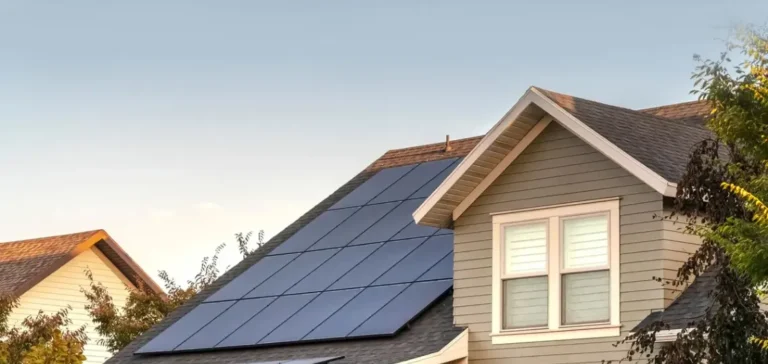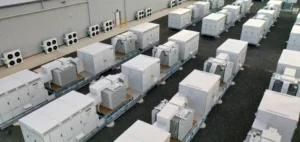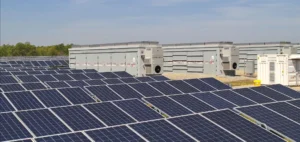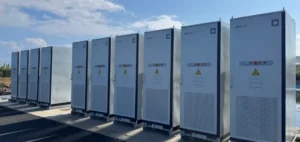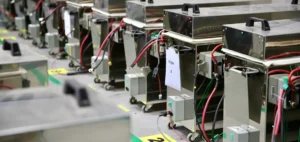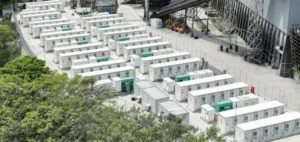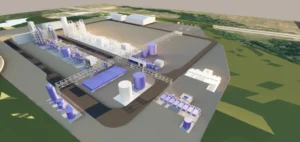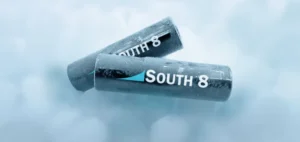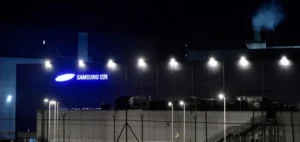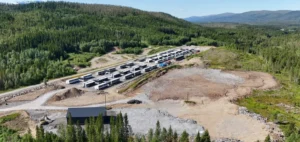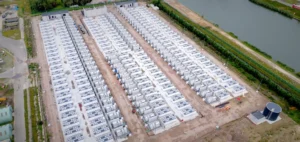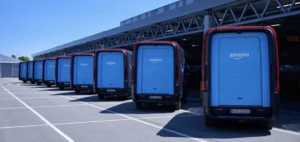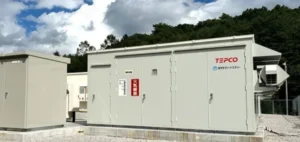Sunrun activated more than 100,000 home batteries in California, delivering 360 megawatts (MW) to the electricity grid during a large-scale test organised to enhance the flexibility of the energy system. This operation, carried out in coordination with the California Energy Commission, the California Independent System Operator, and several local operators, took place between 7 pm and 9 pm, mobilising the largest distributed power plant in the state.
Unprecedented deployment of residential resources
The analysis conducted by The Brattle Group confirms that the capacity injected into the grid by Sunrun represented nearly two-thirds of the 535 MW supplied in total during the event. This operation, designed to prepare the grid for increased needs during summer heat waves, made it possible to observe a visible reduction in net load at the moment when demand usually peaks.
The performance of the system proved stable, with no major fluctuations or failures detected among all the batteries mobilised. According to The Brattle Group, this type of event demonstrates the ability of residential batteries to provide a reliable and plannable response at the scale of the power system.
Capacity for integration with centralised production
Sunrun played a leading role in this coordination, positioning its home batteries as an operational complement to conventional power plants to meet evening demand. This technical solution also limits investments in new production capacity by providing a direct response to consumption peaks.
The use of these flexibility resources, supported by compensation for households participating in the programme (up to USD150 per battery per season), encourages increasing involvement of households in local energy management. According to The Brattle Group, the experience of 29 July follows a trend started at the beginning of the summer, as Sunrun’s fleet had already injected 325 MW during a previous load-shedding operation.
Impact on the stability of the Californian grid
The rise of home battery aggregation leads to a reduction in reliance on centralised production during critical periods, helping to limit price volatility and the risk of outages. Close coordination between authorities, aggregators and users paves the way for ongoing adaptation of energy infrastructure in response to rising demand and climatic challenges.
According to Ryan Hledik, Principal at The Brattle Group, “residential batteries and other flexible resources can serve the California Independent System Operator’s net peak, reduce the need to invest in new generation capacity, and relieve the strain of the evening load ramp.” This trend, reinforced by recent experiments, is establishing a new model for integrating distributed resources into the management of the California electricity grid.


